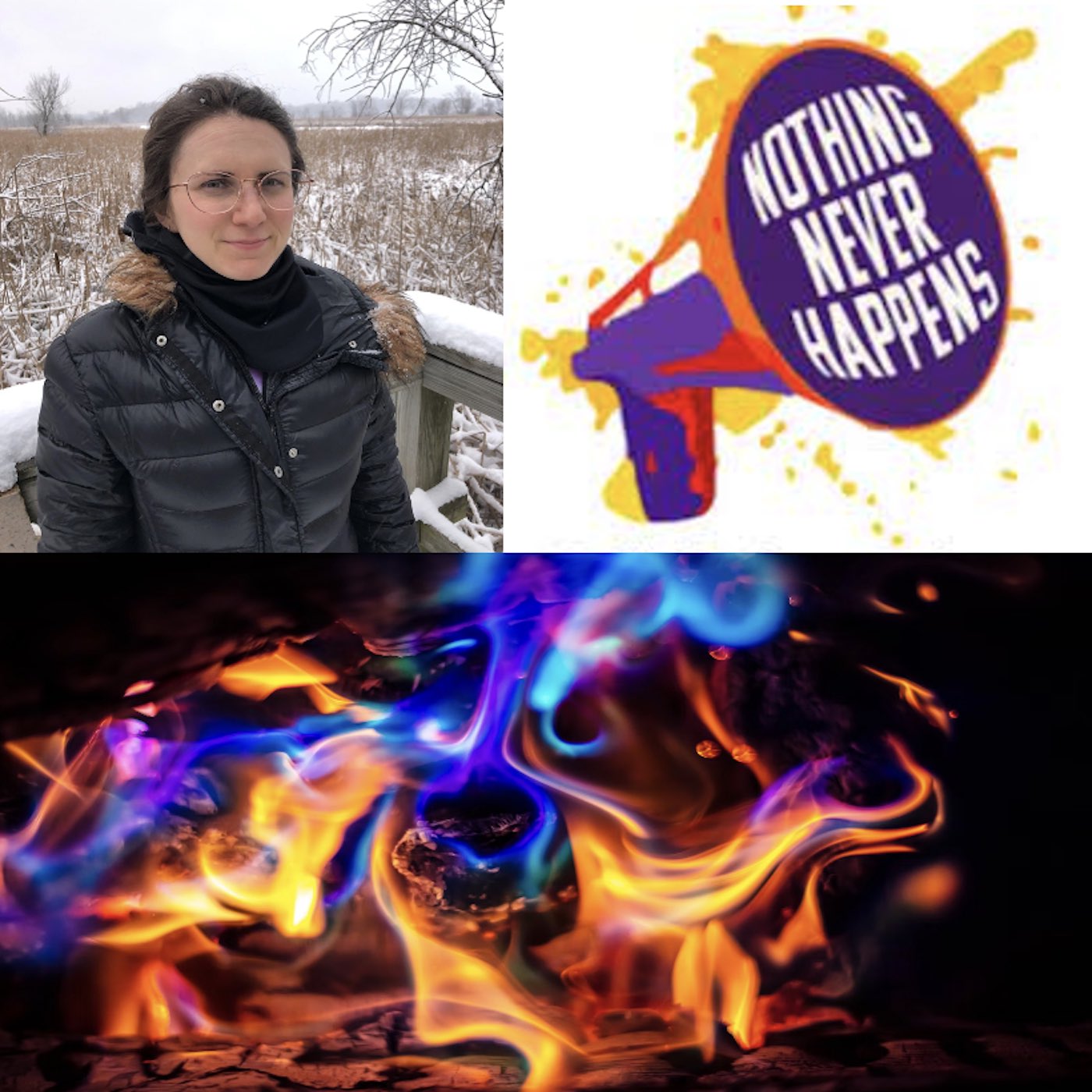
Nothing Never Happens is a journey into cutting-edge pedagogical theory and praxis, where co-hosts Tina Pippin and Lucia Hulsether connect with leading voices in radical teaching and learning. We engage a range of approaches — including but not limited to democratic, feminist, queer, decolonial, and abolitionist models.
Nothing Never Happens
Nothing Never Happens is a journey into cutting-edge pedagogical theory and praxis, where co-hosts Tina Pippin and Lucia Hulsether connect with leading voices in radical teaching and learning. We engage a range of approaches — including but not limited to democratic, feminist, queer, decolonial, and abolitionist models.


